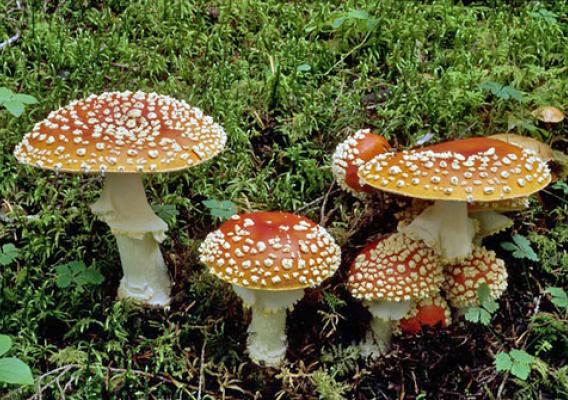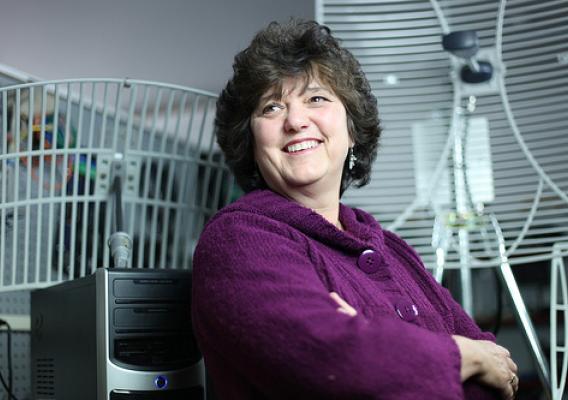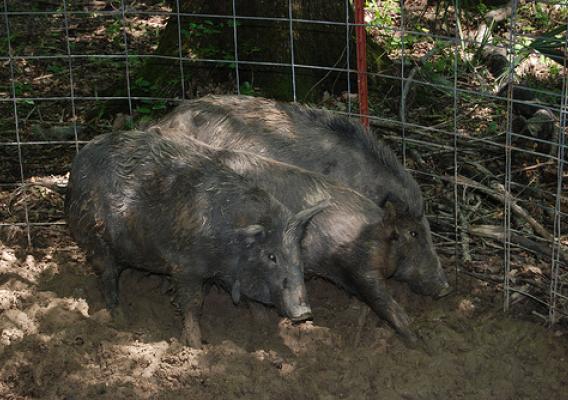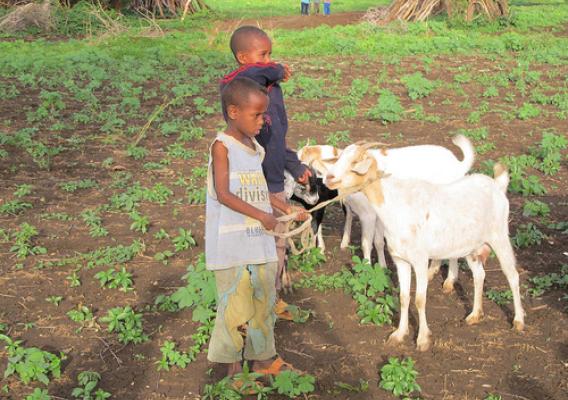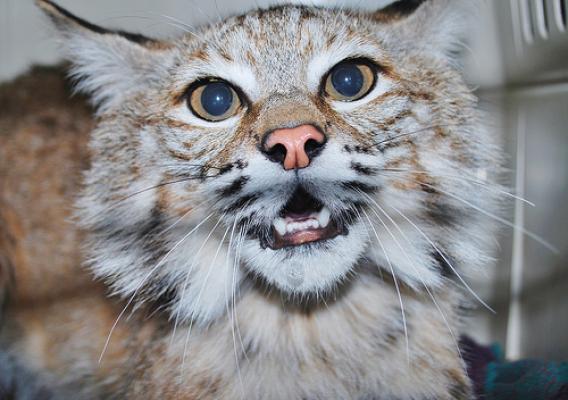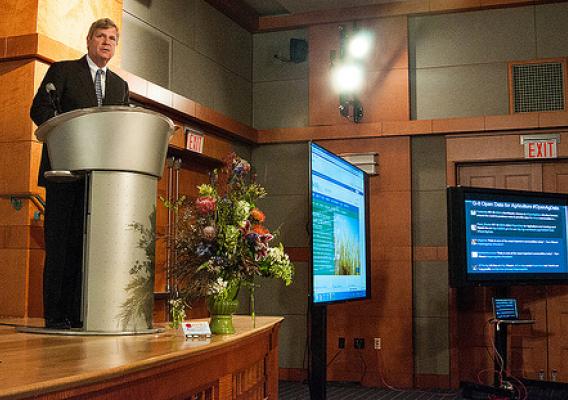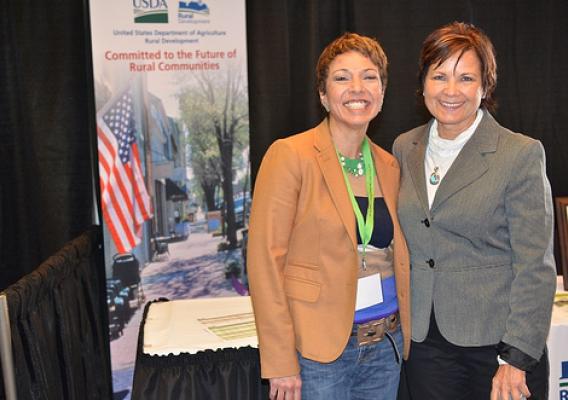This post is part of the Science Tuesday feature series on the USDA blog. Check back each week as we showcase stories and news from USDA's rich science and research portfolio.
2013 is the International Year of Statistics. As part of this global event, every month this year USDA’s National Agricultural Statistics Service will profile careers of individuals who are making significant contributions to improve agricultural statistics in the United States.
While most of the National Agricultural Statistics Service (NASS) statisticians studied mathematics, economics or agriculture in school, my career path started in a completely different place. I came to NASS in the 1990s as an IT specialist to help the agency evolve its use of geospatial technology and contribute to the remote sensing acreage estimation program. And so, while most of the agency staff learned about agriculture by visiting fields, my knowledge of this intricate subject came from studying and analyzing satellite imagery.

